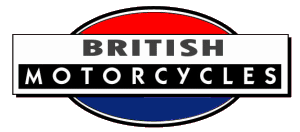


F F Wellington of St George's Square, London sold quadricycles built in France under the name Automobilette. Frank had partnered with Charles Jarrott at Crystal Palace where they achieved the then astonishing speed of 39 mph on a Phebus tricycle.
Wellington was an expert on ignition burners (so he informed me). He proceeded to light the ignition lamps for the motor. His methods were drastic, novel to me, and terrifying to the bystanders. There was rather a big blaze, but, as he explained to me afterwards, that was a detail and it really was not dangerous.
Anyhow, when I say that he turned on the petrol tap, flooded the whole of the engine with petrol, turned the tap off, lit a match, dropped it inside the bonnet of the motor and then ran away.
One can imagine that my criticism of his expertness was somewhat more forcible than my expression of the word "primitive", and having assured the bystanders that the aid of the fire brigade was not necessary and the flames having subsided, we got the burners to work with the aid of some mentholated spirit, and proceeded to start the motor.
Ten Years Of Motors And Motor Racing, by Charles Jarrott - as quoted in churchside1.plus.com
Further information under Phebus.
N.B.
1. Sources vary on whether the Automobilette was sold under that name, or as a Phebus Automobilette.
2. A pedal tricycle named Automobilette was built in France in 1935 by L. Domecq.